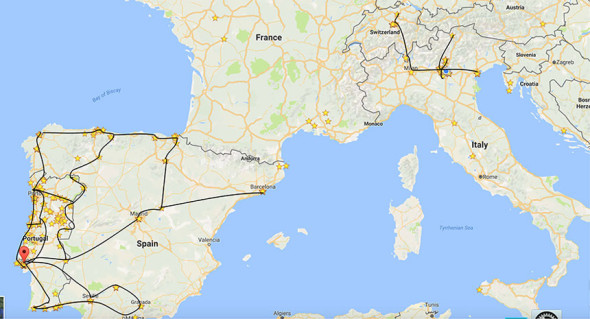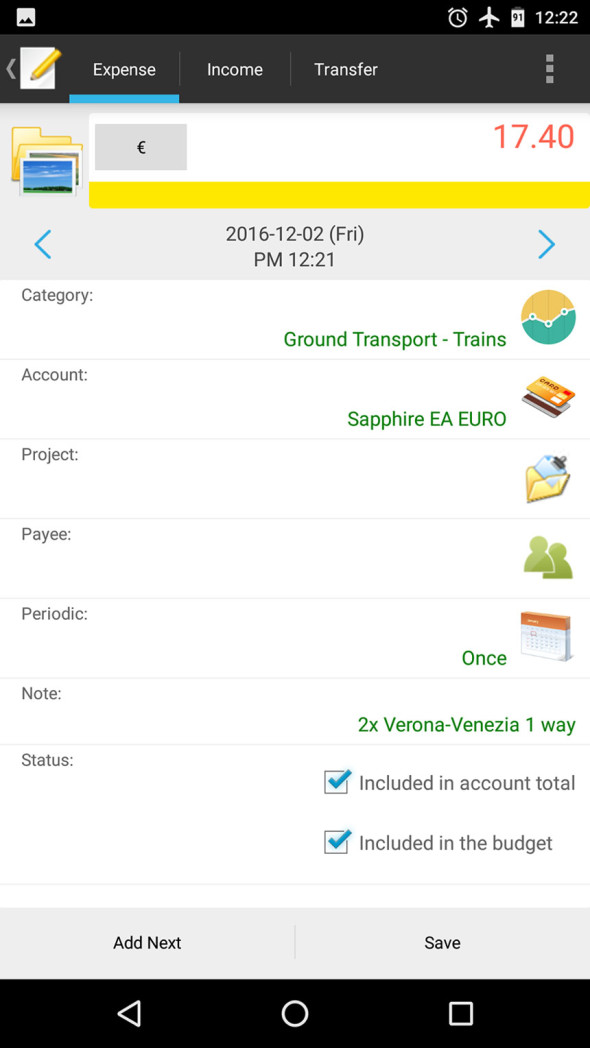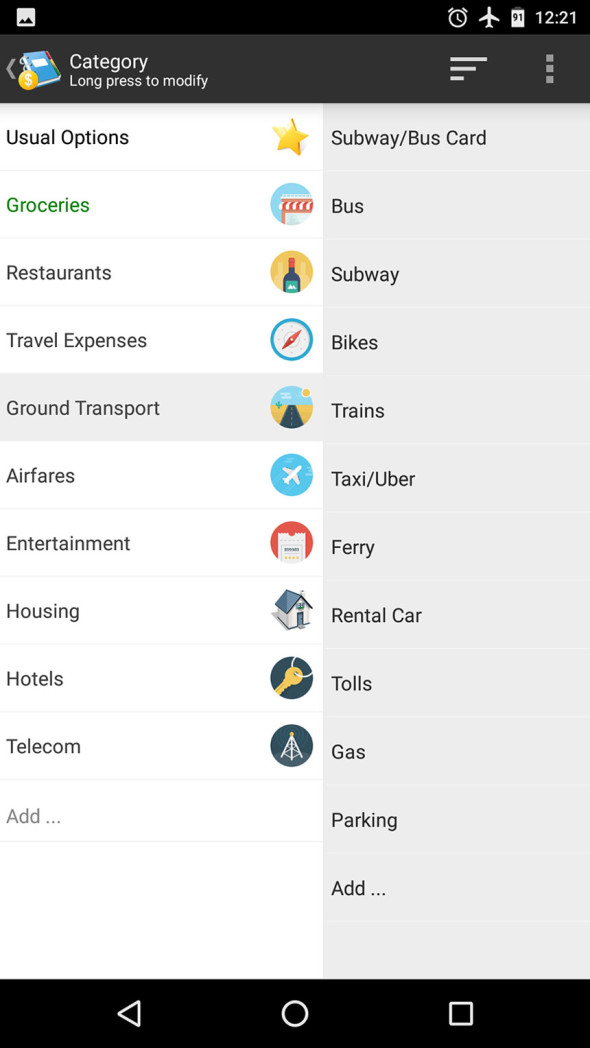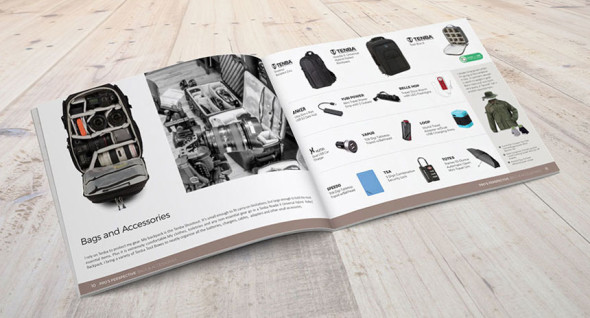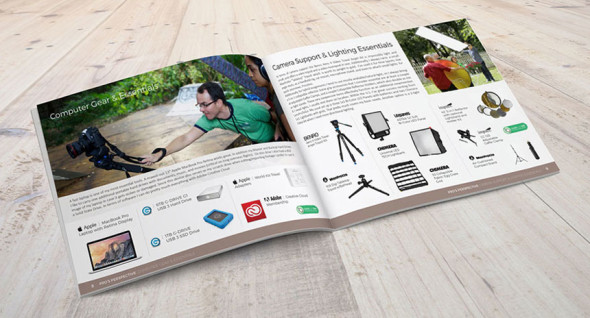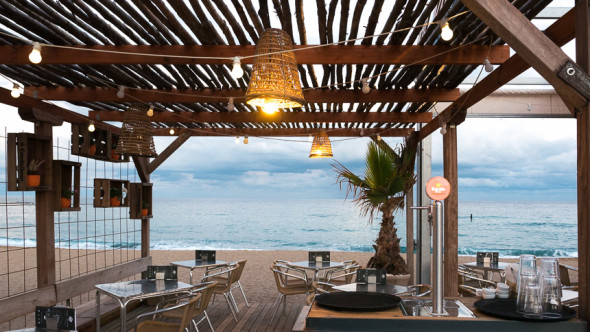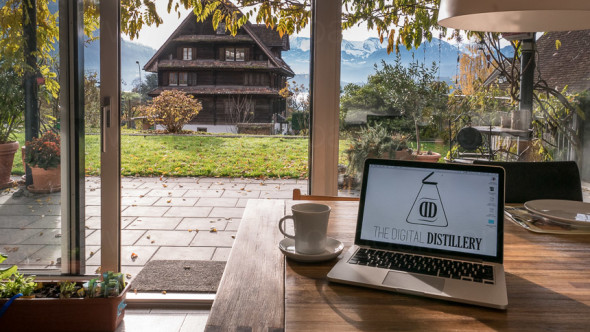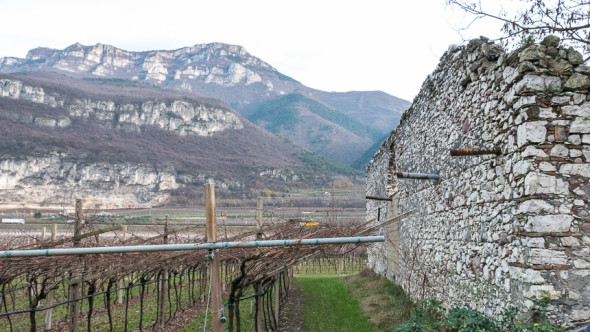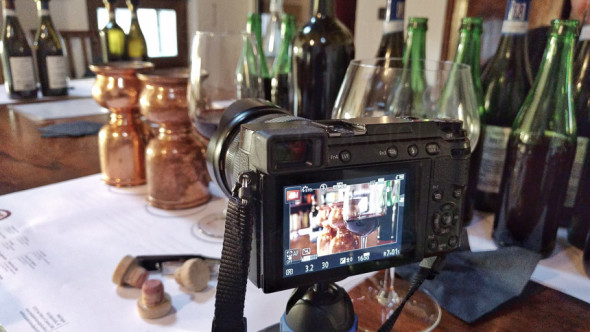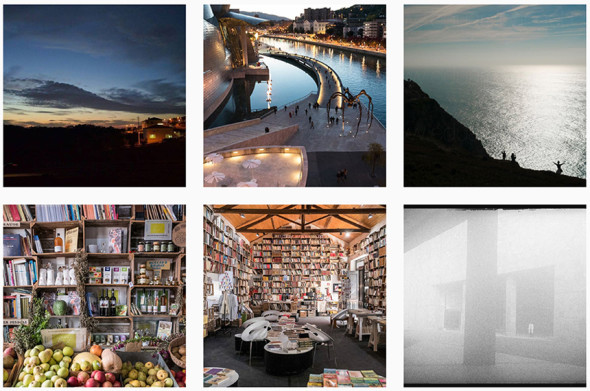Video

100 days, 10 travel tips.
This week we are celebrating our first 100 days traveling around the world. We plan to complete a year, from New York through Europe, North Africa, Southeast Asia, Australasia and ending somewhere in California.
In today’s article I’d like to share the 10 most valuable lessons we’ve learned so far, formatted as quick tips for anyone considering long-term trips.
Disclosure
This article is NOT paid or sponsored by anyone, it is an independent review and only reflects my personal opinions. I only recommend products that I use and trust. Some links are affiliate links which means I may get a few pennies if you decide to purchase anything.
Cool? Lets go!
1. CHOOSE A HOMEBASE
The more you move, the more you spend. Short trips are usually the most expensive. But even more important than money is the psychological/emotional aspect of having a base. It sounds wonderful to visit five cities in four days, but after a few weeks of packing and unpacking every night it gets very tiring.
Having a base allows you to set a rhythm, to buy groceries lowering costs and eating healthier, do your own laundry, rest, and give each other some vital “alone” time. Also, staying in one place for several days or weeks allows you to truly get into the rhythm of local life, understand the neighborhood, the transportation system, get a grasp of local politics and issues, make friends and visit locations off the beaten path.
In the past 100 days we had a base in Portugal for about six weeks near Lisbon, one week in Madrid, one week in Barcelona, one week near Lucerne, and two weeks near Verona. That’s roughly 75% of the time; the other 25% was spent staying one or two nights at a location.
How do you find a place? My grandfather always said that “it’s much better to have friends than money.” I couldn’t agree more. We are blessed to have extremely generous friends who offered us their homes, but another option that has worked out fairly well for us is Airbnb (use this link to get $35 off your first booking).
2. PICK SMALLER CITIES
I believe it is much better to pick a homebase in smaller cities or towns. People are usually friendlier, it is easier to move around and park if you have a car, and it is definitely cheaper. My rough estimate so far is that it’s 20% cheaper to live 30 minutes from a big city, and that’s including transportation costs. The moment when you realize the local barman, waitress, and baker knows you by name and you know theirs is truly magical.
3. KEEP A CLOSE EYE ON YOUR BUDGET
I’ve been using a fantastic mobile app called AndroMoney (Android and iOS) to keep track of all our expenses.
At first, it takes some time to customize and get used to this app, but after a few days of entering every transaction the process only takes a matter of 10 seconds. You can create all kinds of reports and export them to Excel, Google Drive, etc. A very powerful tool that I consider essential.
Thanks to AndroMoney I know that as of today 50% of our budget has been allocated to food (restaurants and groceries), 20% to airfare and roughly 25% to hotels (including Airbnb).
We are currently a bit over budget, but considering that we have been in some very expensive destinations (northern Italy, Barcelona, Switzerland) we are doing fine. Our next destinations (Morocco and Southeast Asia) seems to be much cheaper, and we plan to lower our daily average by staying longer at each place and cooking more often.
4. KEEP IT LIGHT
Avoid over-scheduling and over-packing. It is very tempting to cram your day with two museums, three historical sites, a walking tour, watch the sunset, and feast upon a fancy three-course dinner at a Michelin-rated restaurant. Don’t.
We’ve found that regardless the city and price, lunch in Europe takes at the very least one hour and dinner usually two. Museums are big and crowded. It is inevitable to get lost in most old cities, so instead of rushing through your day to get things done, prepare yourself to enjoy those wonderful random discoveries.
Packing is a big topic. We are each traveling with one carry-on and one small daypack. Keep in mind that I’ve somehow managed to fit in a complete photo and video production system and a post-production workflow. I’ll cover this topic in a future article, but for now you might want to watch this free online course “How to pack light.”
5. BRING THE RIGHT GEAR
In order to pack light one must pick the right bag, clothes, and gear. Even seemingly small decisions like choosing the right socks or underwear can make a big difference for long-term travels.
We are 200% happy with our Osprey Ozone Convertible bags. They are extremely well made, very light and more importantly the perfect size. Cheap airfares aren’t so cheap when you start adding baggage costs, which can easily double or triple the original price. Spending 45 minutes waiting at the baggage claim is nothing but a waste. And having your suitcase lost or delayed can turned into a real logistical nightmare, especially if you aren’t staying at a single place for more than a day or two.
These few items have been exceptionally useful:
- Icebreaker long sleeve crewe top have been truly essential. The difference between comfort and discomfort in cold climates is long underwear. Merino wool costs more, and it’s worth every single penny as it lasts a lot longer without washing.
- Exofficio t-shirts – Extremely light and comfortable. You can wash them at night and they are dry in the morning.
- Exofficio underwear – Just like the t-shirts they are made from lightweight, antimicrobial treated fabric that reduces odor and wicks away moisture.
- Eagle creek organizers – I wasn’t too convinced about the benefits of these organizers. Now I preach the gospel. There’s no easier and faster way to fit a lot of stuff into a tiny bag. Get two smalls and one or two medium. The large is way too large
- Tenba toolboxes – I use a variety of these padded boxes to keep all my hard drives, cables and gadgets organized and well protected.
- Panasonic Lumix GX85 with a 12-35mm f/2.8 lens. 99% of these photos were shot with this tiny yet super powerful camera.
- Google Project Fi – Thanks to Project Fi I’ve had internet access in every single country so far. I’ve been able to call taxis, find hotels and restaurant, get directions, etc thanks to Project Fi. It still has some wrinkles, especially when it comes to billing “errors” but currently there’s no better/cheaper alternative.
- Small Power Outlet. I only need ONE universal adapter to recharge all my gadgets.
- Very comfortable walking shoes are mandatory. We’ve walked an average of 25,000 steps each day. My favorite are the good old New Balance and my wife’s are some fancy Nike. I also have one pair of these extremely comfortable sandals.
Things we brought that have rarely (or haven’t) used:
- Speedo Towel
- Flashlight
- Technical bra (“too big and has no support”)
- Paper maps
- Travel Umbrella
6. KEEP A PERMANENT ADDRESS
I won’t lie; every time a hotel clerk asks “what’s your permanent address” and I answer “I don’t have one, we are traveling around the world” I feel insanely happy. But in reality, you do need a permanent address where you can receive mail, bills, checks, etc. We forwarded our mail to my sister’s place in Atlanta, but I didn’t anticipate how involving and tedious her role would be. “Is this letter important? What should I do with this bill? You got a check. You got a new credit card.” There are companies that provide this service and had I known this, I would have paid the fees instead of putting this burden on my sister.
7. BRING MULTIPLE CREDIT CARDS
I’ve been using both the Chase Sapphire (double points on travel and dining expenses) and Citi Prestige (triple points for hotels and airfares) for a very long time. Chase is a Visa and Citi is a Mastercard, which usually works great. But some places like tolls in Portugal, some museums in Spain or local trains in Italy don’t accept international credit cards so you need cash.
By far the best way to get cash is from an ATM and using a debit card. Never use a credit card to get cash, as it will be considered a cash advance with outrageous daily interests as high as 30%! Also keep in mind that even if a store accepts credit cards and you need to enter a pin, it might be considered a cash advance, so better be safe than sorry and pay cash.
For security reasons I keep one credit card and some cash in my wallet, and the second credit card, debit card, and some cash somewhere else. Even though both Chase and Citi claim to have no international transaction fees, the difference between the official exchange rate and the actual charge is always around 1.5% more. This seems to be a constant even though the US dollar has been the strongest against other currencies in 13 years. Oddly enough, the ATM transactions also add a 1.5% “fee” over the official exchange, so I haven’t found “the best” solution yet.
8. DEVELOP A DAILY ROUTINE
Imagine waking up to the sound of the waves and seeing the sun rise over the horizon. Then picture yourself reading a fat book in a hammock while sipping a refreshing cocktail, and then napping next to the pool before writing a blog post and answering a few emails. Not really. You will be spending a lot of time on planes, buses, and trains, planning where to eat, where to go and where to stay next, doing laundry and cleaning the dishes, getting lost in supermarkets, finding parking, and looking in earnest for the restaurant that closed a month ago. Internet is shitty in most parts of the world, so your “internet time” will be anywhere and anytime you find a decent connection.
I strongly recommend developing a daily rhythm as soon as possible, regardless of the country you are in. For example, we wake up around the same time each day, exercise for a while, eat a good and healthy breakfast, and head out to explore. We stay home most evenings, editing photos or videos, writing, working, watching movies, reading, etc. That being said, having a day or two each week of unstructured time to simply stay home is essential, otherwise it is easy to get overloaded with information.
9. GET LOCAL RECOMMENDATIONS FROM LOCALS
We usually ask locals for lunch recommendations; “a local and inexpensive place that YOU like to frequent with your family or friends” usually does the trick.
Nine times out of ten we are surrounded by confused locals who stare at us like we come from another planet, the food is abundant and amazing, and the price is a fraction of the tourist trap.
10. LEARN ABOUT THE LOCAL CULTURE IN ADVANCE
After many years and visiting more than 50 countries I’ve learned that the best way to develop friendships is by learning a few words of the local language, reading in advance about the local culture, political and economical issues, geography, and history.
“Is there a place nearby that most tourists miss?” is often a fantastic way to break the ice and access spots and events that otherwise you would have missed. For example, this week I photographed the first crush of Amarone grapes in Valpolicella, participated in a professional wine tasting, visited the remains of the border wall from WWI between Austria and Italy, and walked the city where Mussolini built his last mini-state. All for asking ONE very simple question: “How come the prices for Amarone have remained the same for the past 10 years while the cost of grapes have increased sixfold?”
Having substantial time off is a blessing and a luxury. How you invest or waste that time definitely has a lot to do with how you approach each and every day.
We’ve been sharing our favorite photos on Instagram (here and here) please follow us and join our journey!
